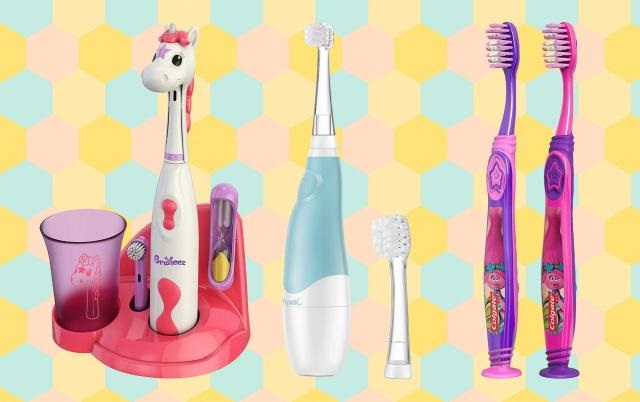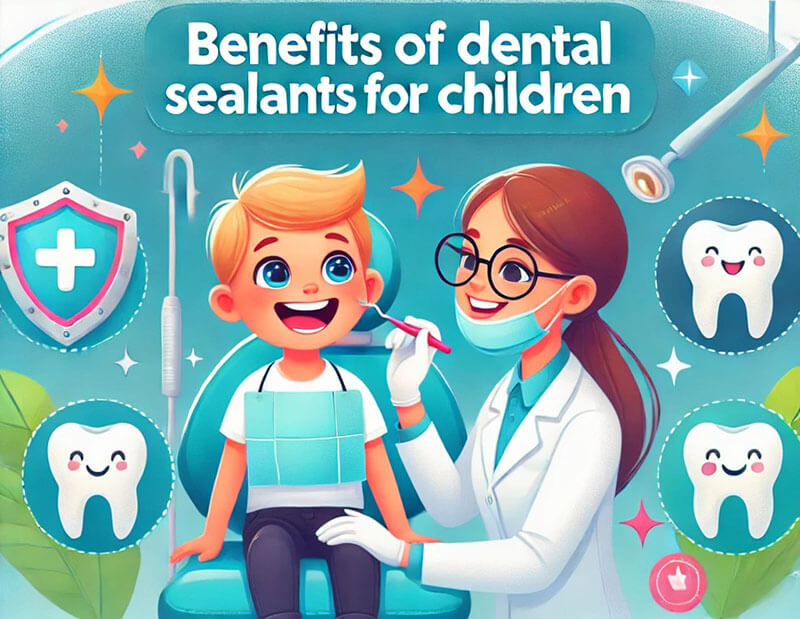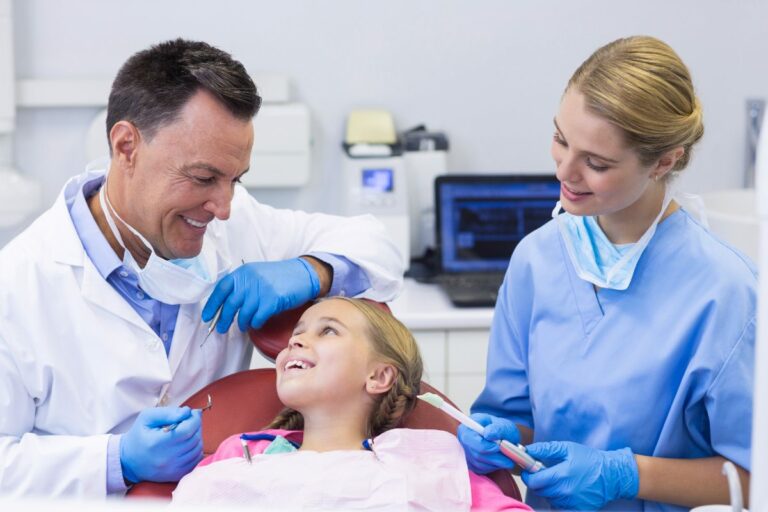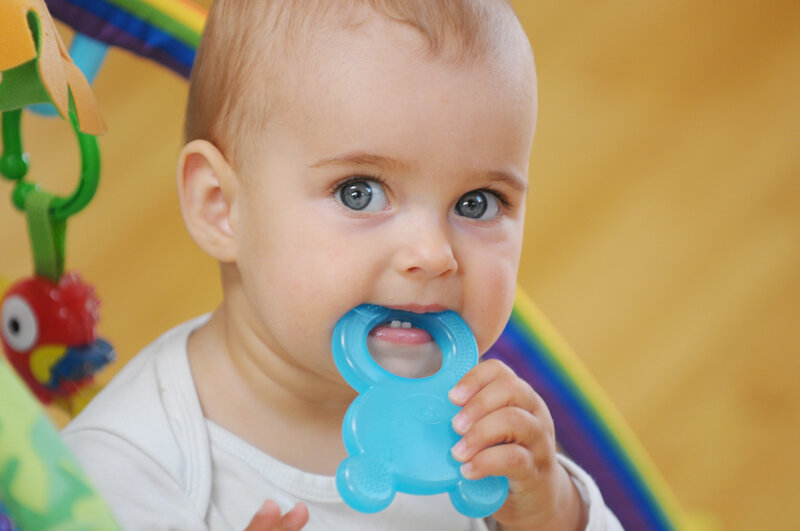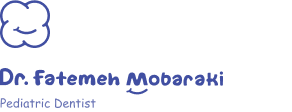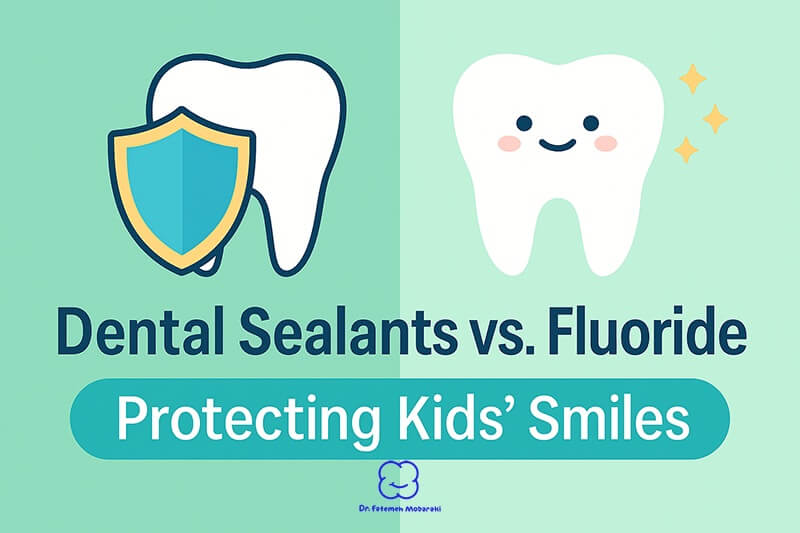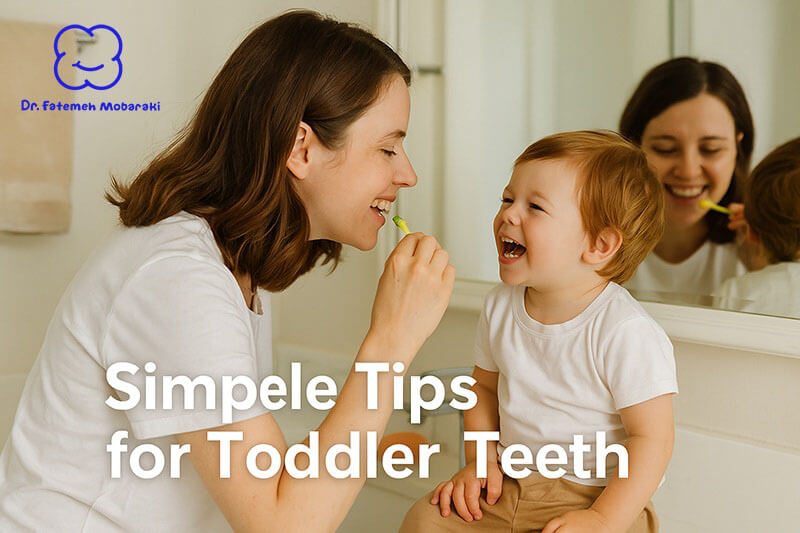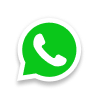As parents, ensuring that your child practices good oral hygiene from a young age is crucial for lifelong dental health. Choosing the best toothbrush for kids is an essential first step in this process. This guide will help you make an informed decision, ensuring your child enjoys a bright and healthy smile for years to come.
Why Choosing the Best Toothbrush for Kids Matters
A toothbrush isn’t just a cleaning tool; it’s a building block for healthy habits. The best toothbrush for kids will effectively clean your child’s teeth without causing discomfort or damage to their delicate gums and enamel. Plus, using the correct toothbrush can make brushing more enjoyable, encouraging kids to brush regularly.
Key Factors in Choosing the Best Toothbrush for Kids
1.Age-Appropriate Design:
- Infants (0-2 years): For this age group, it’s important to choose the best toothbrush with a small head and extra-soft bristles. Look for brushes with a thick handle that parents can grip easily while brushing for their child.
- Toddlers (3-5 years): Opt for a brush with a slightly larger head and soft bristles. Many toothbrushes designed for this age group feature fun designs or characters, making brushing more exciting.
- Children (6-9 years): As children develop more independence, they’ll need the toothbrush with a larger head and an easy-to-grip handle. It’s also a good time to introduce an electric toothbrush if your child shows interest.
- Pre-teens (10+ years): By this age, most children can transition to using an adult-sized toothbrush, though it should still have soft bristles to protect their gums.
2.Manual vs. Electric Toothbrushes
- Manual Toothbrush: These toothbrushes are easy to use and perfect for teaching young children how to brush correctly. They come in a variety of colors, designs, and shapes, making them appealing for children. However, they require children to master the proper brushing technique to be effective.
- Electric Toothbrush: Electric toothbrushes can be more effective at removing plaque and ensuring a thorough clean. They’re also a fun option that may encourage reluctant brushers to brush more regularly. Many electric toothbrushes have built-in timers, ensuring your child brushes for the recommended two minutes and making it one of the best toothbrushes for kids.
3.Bristle Type and Softness
- Always select toothbrushes with soft or extra-soft bristles. Hard bristles can damage the enamel and irritate your child’s sensitive gums. The best toothbrush for kids will have soft bristles that are gentle but still effective in cleaning teeth.
4.Handle Grip
- Choose a toothbrush with a comfortable, non-slip handle that’s easy for your child to hold. A good grip allows better control, ensuring effective brushing.
Children’s Toothbrush Recommendations
Here are some of the top children’s toothbrush recommendations based on age and preferences:
1.Colgate My First Baby and Toddler Toothbrush
- Ideal for infants and toddlers, this toothbrush features extra-soft bristles and a small head designed for delicate gums. It also has a wide handle that’s easy for parents to use.
2.Oral-B Kids Electric Toothbrush
- Suitable for children aged 3 and above, this electric toothbrush is a favorite among parents. It offers gentle vibrations and is compatible with the Disney Magic Timer App, making brushing fun and engaging, earning its spot as one of the best toothbrushes for kids.
3.Philips Sonicare for Kids Electric Toothbrush
- Designed for children aged 6 and up, this electric toothbrush has kid-friendly power settings and a built-in timer, ensuring a thorough and gentle clean. It’s a great investment for older kids who are ready for an electric option.
4.Jordan Step Toothbrushes
- Available in multiple stages, these toothbrushes are designed to grow with your child, offering the right bristle softness and handle design for every age group, making them some of the best toothbrushes for kids.
Electric vs. Manual: Which Is the Best Toothbrush for Kids?
When deciding between a manual and an electric toothbrush, consider your child’s age, preferences, and brushing habits.
- Electric Toothbrush Benefits: Electric toothbrushes often come with features that make brushing more enjoyable, such as timers, fun sounds, or vibrations. They’re especially helpful for kids who struggle to brush effectively on their own. They also provide a more thorough clean, which can be beneficial for children who are still learning proper brushing techniques, making them some of the best toothbrushes for kids.
- Manual Toothbrush Benefits: Manual toothbrushes are affordable, widely available, and easy to use. They encourage kids to develop proper brushing skills by allowing them to control the pressure and movement.
The best approach might be to start with a manual toothbrush when your child is young and introduce an electric option as they get older and more comfortable with brushing.
Tips for Parents to Make Brushing Fun and Effective
- Lead by Example: Brush your teeth alongside your child to show them how it’s done. Children often mimic the behavior of their parents.
- Create a Routine: Establish a regular brushing schedule, ensuring your child brushes twice a day for two minutes each time.
- Use a Timer: Whether it’s an app, a song, or a small hourglass, use a timer to ensure your child brushes for the recommended two minutes.
- Offer Rewards: Create a brushing chart and offer small rewards or stickers when your child brushes regularly. This encourages consistency and makes brushing feel like a fun activity.
Conclusion
Selecting the best toothbrush for kids is an important step in maintaining your child’s oral health. By considering factors like age, bristle softness, and whether to use a manual or electric toothbrush, you can ensure your child develops a healthy brushing habit that lasts a lifetime. At our pediatric dental clinic in Dubai, we’re here to guide you in choosing the best toothbrush for kids and ensuring your child’s smile stays bright and healthy.
FAQ
How often should I replace my child’s toothbrush?
Replace your child’s toothbrush every 3-4 months or sooner if the bristles become frayed. Frayed bristles are less effective at cleaning teeth and can harbor bacteria.
When should I start using toothpaste?
As soon as your child’s first tooth appears, you can start using a smear of fluoride toothpaste the size of a grain of rice. Increase to a pea-sized amount around age 3.
When should I switch my child to an electric toothbrush?
You can introduce an electric toothbrush as early as age 3, but make sure it’s age-appropriate and that your child feels comfortable using it.

